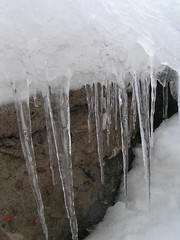
Duncan Hull alerted me to his paper "Defrosting the Digital Library: Bibliographic Tools for the Next Generation Web" ( PloS Computational Biology , doi:10.1371/journal.pcbi.1000204). Here's the abstract: It's an interesting read, and it also cites my bioGUID project.



